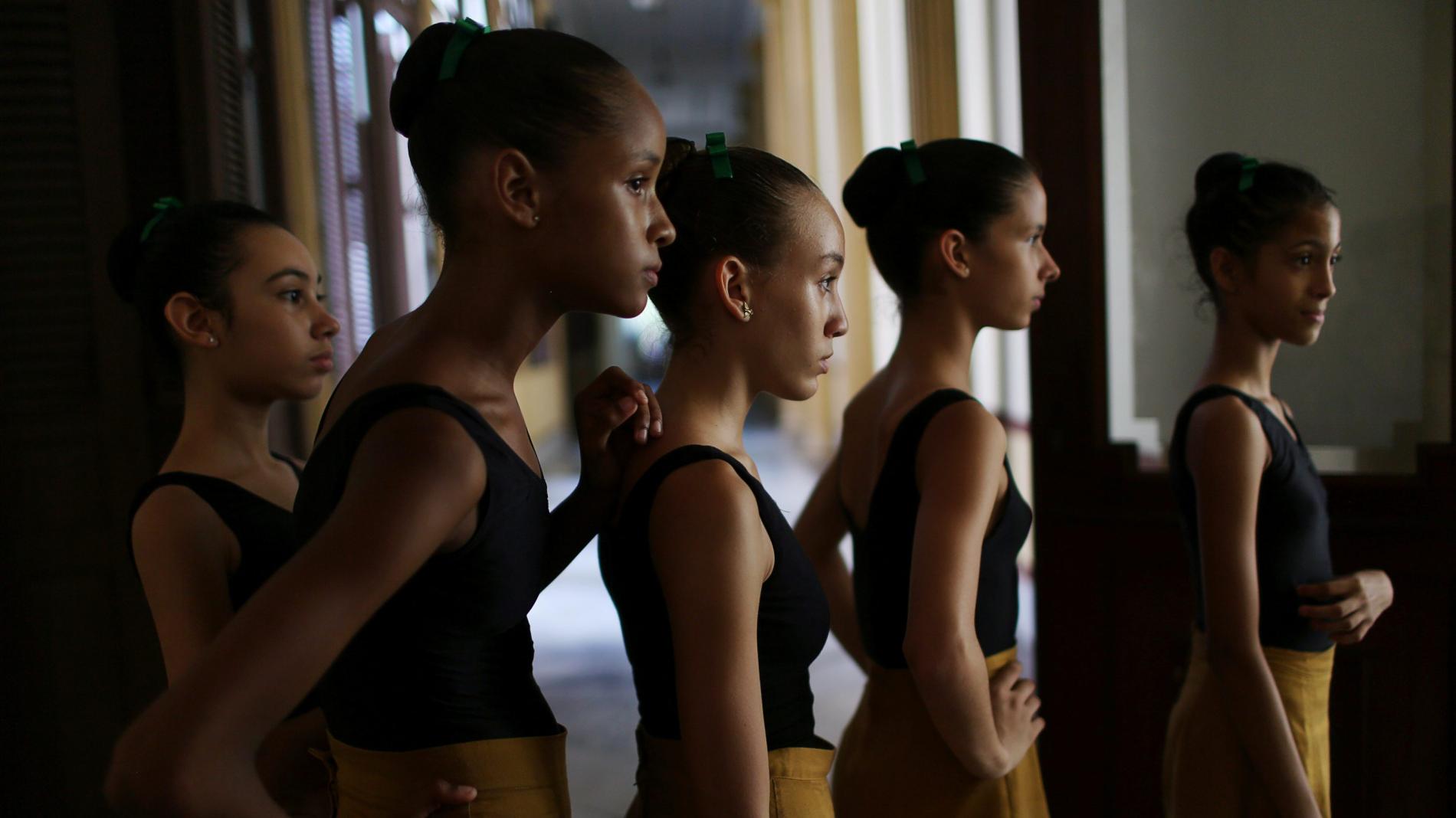
How often have you seen someone in a TV show or movie express shock that another character didn’t lose their virginity as a teenager? Or perhaps, seen a character getting snide remarks from their peers for not being interested in sex? The sexualisation of teenagers is an ongoing issue worldwide that’s leading to a plethora of problems. These include exposing them to societal pressures and perpetuating sexualised violence. Sexualisation is so embedded in the media that often, we may not even recognise it.
‘Riverdale’ is a prime example of this. The show has received criticism for the exorbitant sexualisation of its underage characters, frequently including unnecessary sexual scenes (even involving an adult and a minor) that do nothing to steer the plot.

While many aspects of the show are unrealistic, sexualising its characters harms the show’s target demographic—teens.
‘Superbad’, ‘Eurotrip’, and ‘American Pie’ are some of the many raunchy teen movies that use sex as a theme, plot device or a staple throughout. The promotional poster for the Netflix film ‘Cuties’ depicted its young cast members in provocative poses and revealing costumes.
Teenagers already face sexualisation in real life; seeing this portrayal on-screen only adds to the narrative that they should be comfortable with, rather, actively indulging in sexual activities. Moreover, it feeds into the unhealthy narrative that it is okay for adults to be attracted to them since the media portrays them as having reached sexual maturity. Being exposed to these unrealistic media portrayals of how teens “should” think and act can lead to inner conflict, confusion, and self-loathing.
All teenagers, regardless of gender, are susceptible to sexual harassment, sexual assault, prostitution, and sex trafficking, all of which stem from their sexualisation. The ongoing sexualisation of young girls can perpetuate gender stereotypes and lead many girls to experience various physical and mental health issues. The Most common among these are low self-esteem, eating disorders, anxiety, depression, self-harm, and suicidal thoughts and tendencies.
Pop-Culture and its Exposure
Perhaps the most significant risk to today’s teenagers is the widespread and unrestricted access to media. Children do not have the maturity and cognitive ability to critically analyse the unending stream of sexualised advertising and messages they receive every day. Movies, TV shows, and magazines portray airbrushed and picture-perfect models as the norm, setting impossible-to-achieve beauty standards among teenagers. Moreover, the casting of adult, seemingly flawless actors in teenage roles set false standards of appearance. Adolescence, being a phase of growth and transition, looks hardly like its immaculate portrayal on-screen. Ultimately, teenagers form unrealistic role models, which puts them at risk of developing eating disorders and other mental health issues.
There is an invisible pressure to ‘fit in’ and be popular during middle and high school ages, which is undoubtedly fuelled by Teen movie cliché. This includes conforming to current trends and societal standards, including dressing and acting in ways that popular culture dictates. It doesn’t help that popular culture has, on some level, always glorified sexual imagery and the objectification of women. Consequently, most teenagers form a skewed understanding of gender roles which is heavily influenced by the media they consume.
Role Played By the Media
Excessive media consumption by children has been a cause of concern in parental and psychologist circles ever since smartphones and tablets became widely accessible. Studies show that as many as 80% of movies shown on TV portray sexual activities. OTT platforms like ‘Netflix’ imply that teenagers can usually consume age-restricted media without parental supervision. Portrayals of high schools in movies and TV shows include teenagers having frequent and unsafe sex. Lack of sex education leads to teenagers forming their understanding of sexual safety from the media. Since pornographic material is hard to regulate and age-restrict, it further leads to unrealistic and exaggerated impressions of sexual activities.

Social media is further cut off from parental supervision. Teenage girls are especially at risk of sexualisation and harassment on social media platforms. They routinely receive unwanted obscene images and inappropriate messages. Being unable to process this harassment or share it with a trusted adult puts them at risk of grooming, sexual violence, and threats from sexual harassers.
What Adults Can Do
Teenagers today consume from 8 to 10 hours of media in a day. They are fed with a constant stream of advertising that sets ideals and standards of what they should look and act like. Restricting media is virtually impossible– social media apps, magazines, and movies have been a part of the teen culture for several decades. It is the implicit message and its internalisation that causes concern among psychologists. Studies show that young girls involved in inherently non-sexualised co-curricular activities like sports and leadership are less likely to be attuned to hypersexualised media targeting their peers. There is also evidence of teens and children being more critical of the media they consume when they have discussions regarding the artifice of the ideals portrayed by mass media.
As greater advertising and media consumption is normalised, its impact on children and their developing cognition is easy to underestimate. Parents, educators, and counsellors have to make an effort to nudge critical thought amongst teenagers about the kind of media they consume. Conversations about sex education are more essential now than they have ever been. There is a delicate balance of supervision without invasiveness that adults must achieve to provide teenagers with a safe space to discern the media’s expectations from reality.
Written by Pahal Duggal and Abha Deo for MTTN
Edited by Cynthia Maria Dsouza for MTTN
Images from Quartz and Seventeen Magazine
Featured Image from The Queen’s University Journal
Leave a Reply
You must be logged in to post a comment.